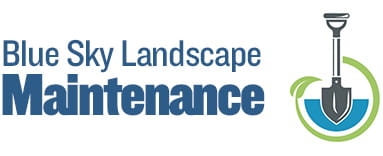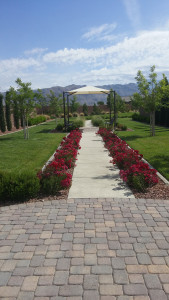Choosing Plants, Trees and Mulch
Plants
Southern Nevada is home to a broad cross-section of desert-friendly plants. A visit to one of our local demonstration gardens, such as the one found at the Springs Preserve, can give you a good idea of how these plants interplay in a landscape and provide inspiration.
Trees
There are a variety of trees that can survive and thrive in the Las Vegas area. Some of the more colorful are listed below. You can also refer to the Trees for Tomorrow booklet, a publication of the High Desert Resource Conservation & Development Council.
Find trees for your landscape using this Plant Search database.
Mulch
Mulch, also known as “top dressing,” is a protective covering used to protect plants. Placed around the plant, mulch reduces water lost to evaporation by as much as 30 percent. Mulch also helps plants stay healthy by preventing frozen roots and weed growth.
Mulch can be organic or inorganic, fine or coarse and, in some landscapes, it may even be rocks. Well-chosen mulch not only beautifies and unifies a landscape design, but also discourages weeds and reduces water lost to evaporation.
Other benefits of mulch:
- Helps drainage
- Encourages root development
- Improves soil by making nutrients more available to plants
- Insulates soil and plants in winter months, while cooling the soil and reducing water use during hot summer months
- Decorative
Organic Mulch
If possible, consider using organic mulch. Organic mulches are those that used to be living material, such as bark, wood chips, straw, leaves, grass clippings, compost, and pine needles. Nurseries have specially prepared mulches as well. Rocks, a good inorganic and decorative alternative to organic mulch, can get hot and should be shaded with water-efficient plants.

